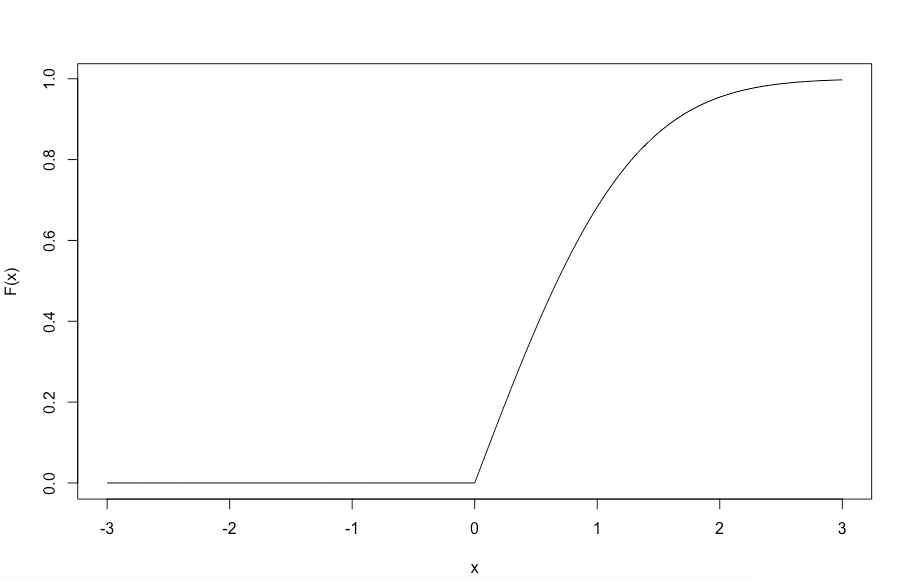${X_1,...,X_n}$ is a random sample of size $n$ from a $N(\theta,1)$ distribution. Find the limiting distribution of $\sqrt{n} (|\bar{X}|−|\theta|)$ when $\theta$ is not equal to $0$. Does it hold if $\theta$ is zero?
So far I have by CLT that $\sqrt{n} (\bar{X}−\theta) \sim N(\theta,1)$.
So let $g(\theta) = \text{abs}(\theta)$ then if the MLE of $\theta = \bar{X}$, the MLE of $g(\theta)$ will be $g(\bar{X})$.
I want to use the delta method to show that this should have a limiting distribution of $N(0, [g'(\theta)]^2\,\sigma^2)$ but I am not sure how to treat the absolute value. Any advice would be greatly appreciated!

